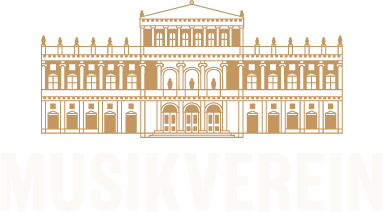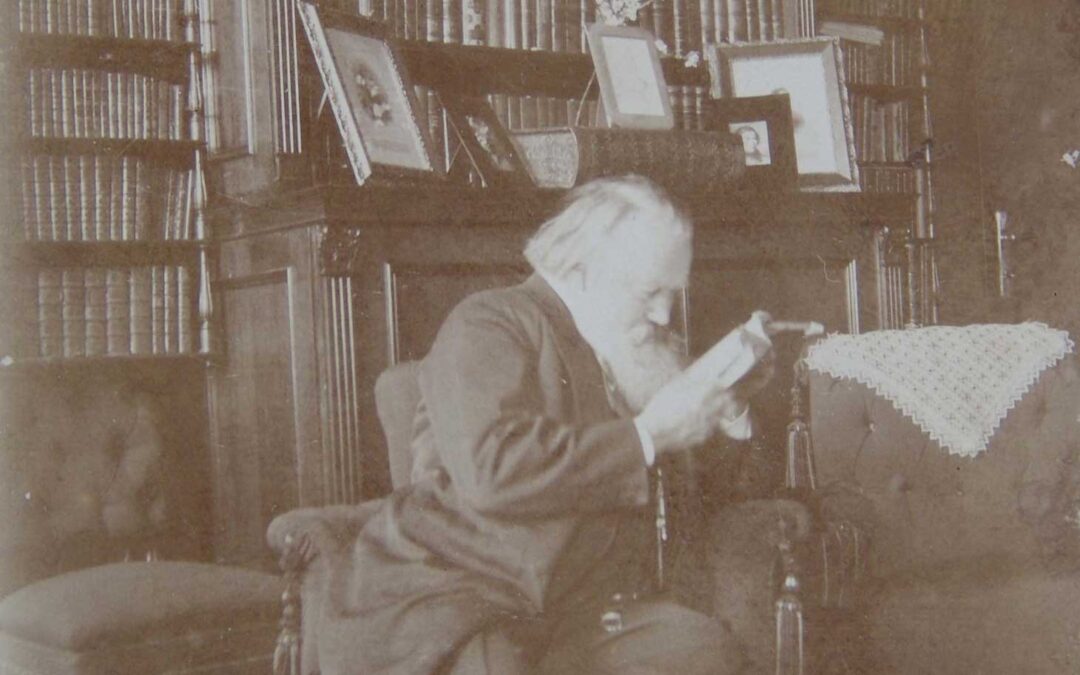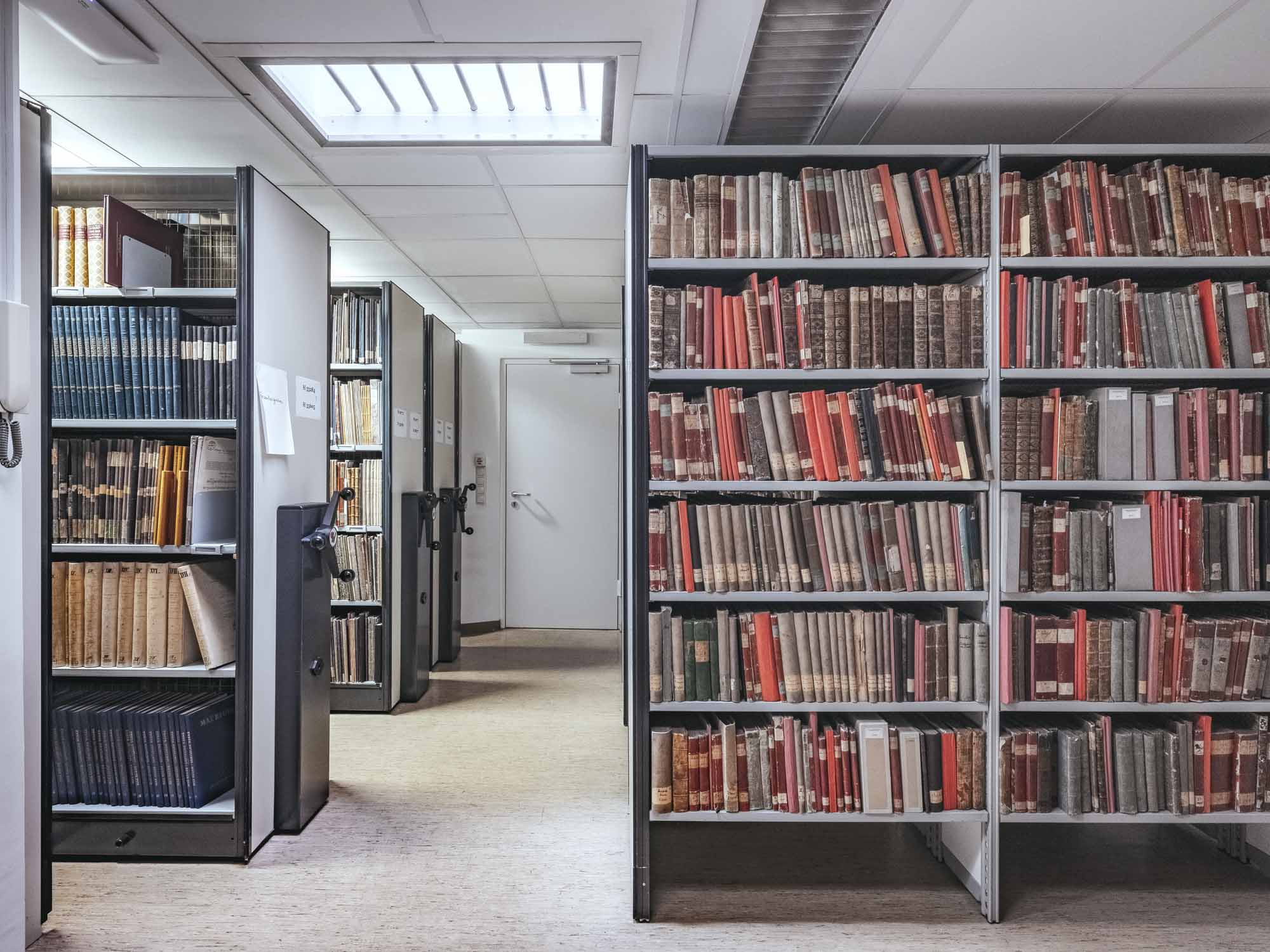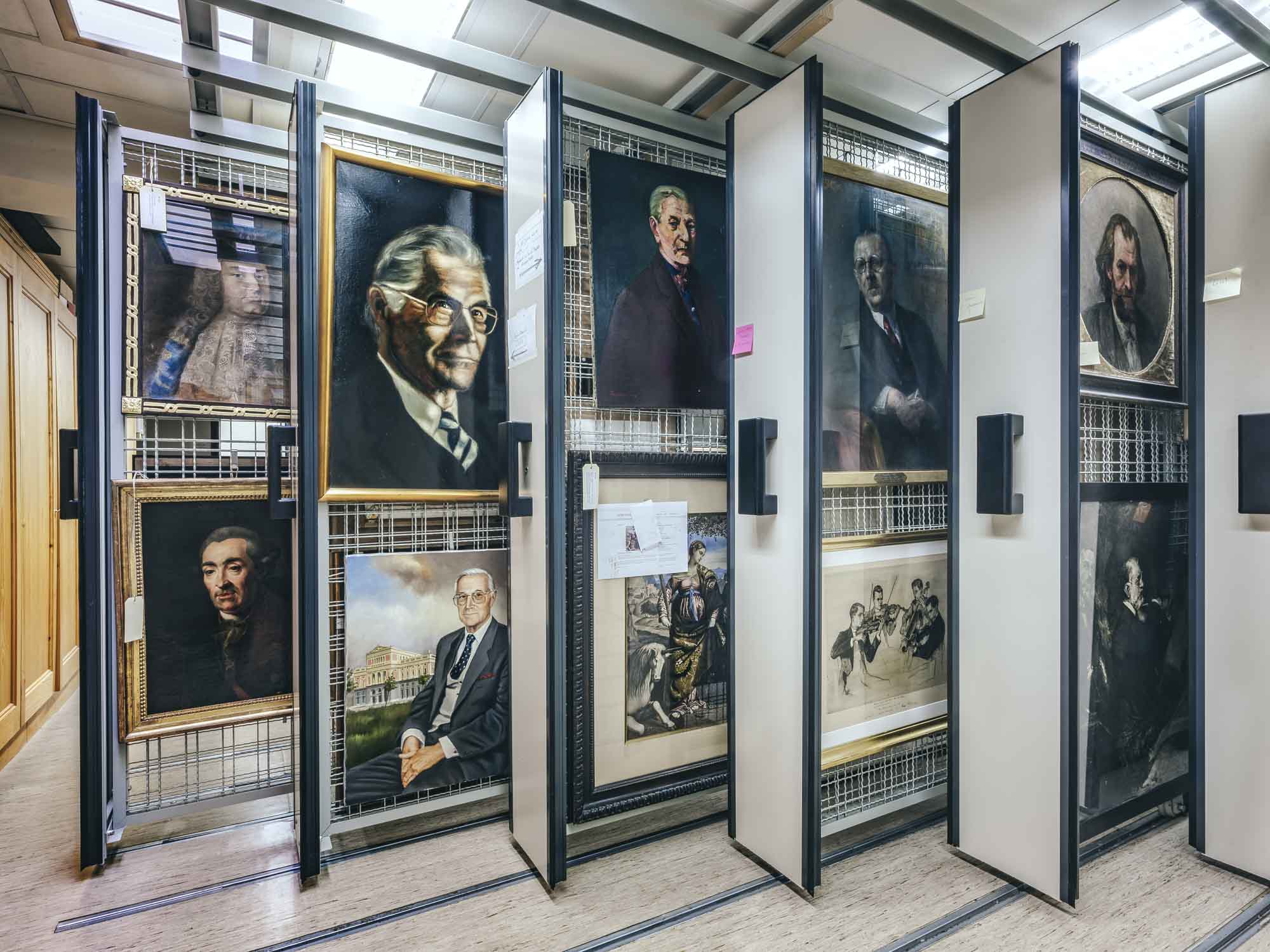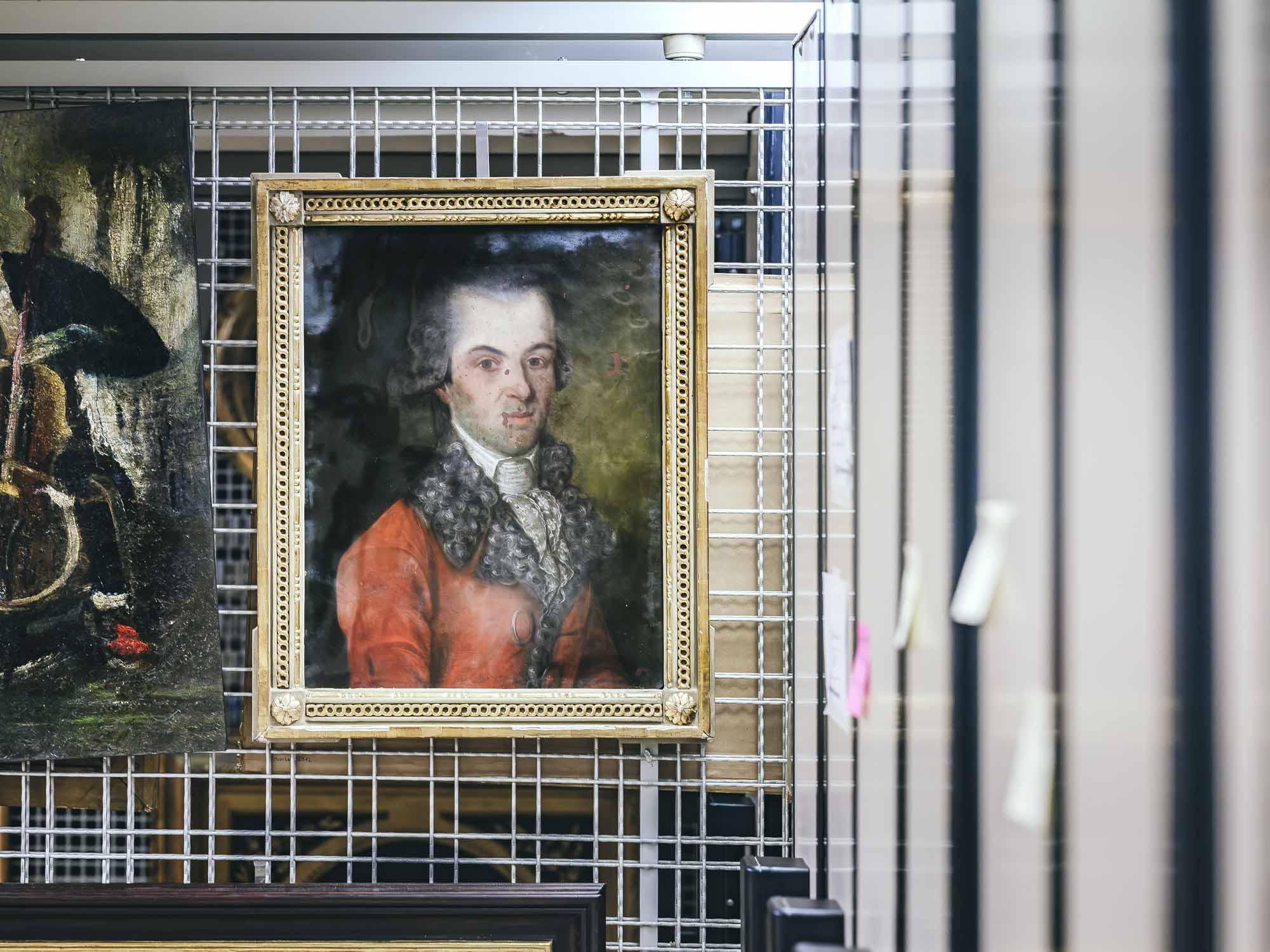The Brahms Collection
The objects bequeathed to the Society by Johannes Brahms were supplemented by letters written by him, pictorial material of various kinds (photographs, prints, oil and pastel paintings), objects of everyday use and memorabilia, and literature about Brahms. Bequests from Brahms’ friends Ignaz Brüll, Robert Fuchs, Johann Peter Gotthard and the Fellinger family also brought significant additions, as did the acquisition of Brahms collections from private collections.
The Brahms collection is of enormous importance for the academic and musical study of this composer, but also contains significant material on the musical, literary and cultural history of his time. Brahms’ interest in older music from the Renaissance to the Classical period is also reflected in the valuable pieces in this collection, for example rare printed music from the 17 and 18th century, an important collection of sonatas by Domenico Scarlatti and music autographs by Mozart, Schubert and Schumann.
114
From album page to requiem: the collection contains 114 music autographs.
130
The correspondence originates from over 130 correspondence partners.
700
There are 700 letters from Brahms – and almost twice as many to him.
800
The library contains over 800 books and hundreds of volumes of sheet music.
Johannes Brahms had a close relationship with the Gesellschaft der Musikfreunde. In September 1862 the almost 30-year-old Brahms arrived in Vienna, and barely two months later, he debuted as a pianist in the – old – Musikverein building. There is documented evidence of almost 80 appearances by Brahms at the Gesellschaft der Musikfreunde in Wien as a pianist, Lied accompanist, and conductor. His compositions were premiered in concerts of the Gesellschaft der Musikfreunde in Wien or in Musikverein.
From 1872 to 1875 Brahms was also the Artistic Director of the Musikverein, a position that combined the roles of artistic director and chief conductor. – He was also an avid visitor – not only to the society concerts but also to the archive. In 1876, he was made an honorary member of the Gesellschaft der Musikfreunde.
Brahms´ library allows researchers to explore the composer´s musical interests, to browse the literature he read, to study Schopenhauer and Nitzsche alongside him. It provides an insight into his political and historical interests and allows the tracing of his travels using travel guides, which bear signs of use and entries.
Archive of the Gesellschaft der Musikfreunde in Wien
Among Brahms’ music manuscripts, which were still in his possession at the time of his death and have therefore come down to us or were given to the Gesellschaft der Musikfreunde by him during his lifetime, are particularly important works such as the German Requiem, the Double Concerto and the “Liebesliederwalzer”. The Brahms sketches preserved here are extremly fascinatig due to the fact that he usually destroyed them, and only a few sheets have survived. These reveal, for example, the initial planning stages of a fifth symphony. Also worth mentioning are the so-called “Handexemplare”, copies for personal use, which are printed scores of his works, owned and used by Brahms. They often contain handwritten entries and corrections by the master.
What is fascinating about the many pictorial documents is that Brahms is the first composer in music history for whom many photographic “snapshots” exist. These snapshots stand in a remarkable—pleasing—contrast to his “official” portraits: Brahms walking, smoking a cigar, and socializing with a family friend.
Such a collection is an obligation: The Gesellschaft der Musikfreunde in Vienna co-publishes the New Brahms Edition with the specially founded Johannes Brahms Gesamtausgabe e.V. and the Institute of Musicology at Kiel University.
In 2005, the Brahms collection in the archives of the Gesellschaft der Musikfreunde in Vienna was included in the UNESCO Memory of the World Register.
General Information
Use of the archive
Welcome to the archive: Find out how you can access valuable resources and expand your knowledge.
Scientific inquiries
Optimize your scientific knowledge – Explore archive resources for academic applications.
Opening hours
Plan your visit: Find out more about our current opening hours and availability.


